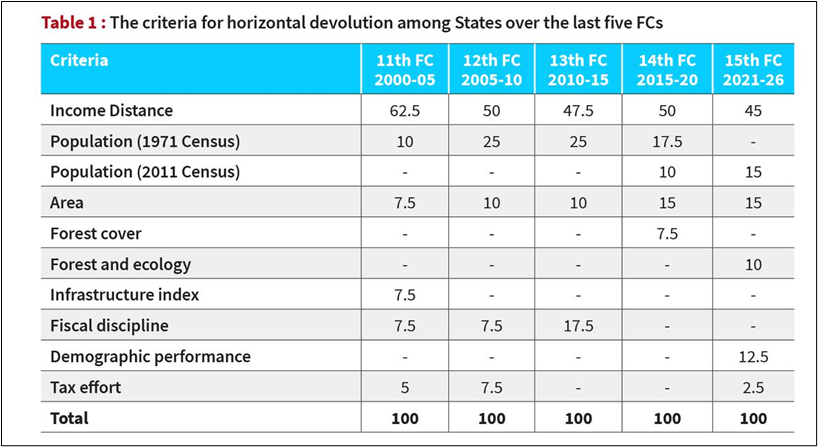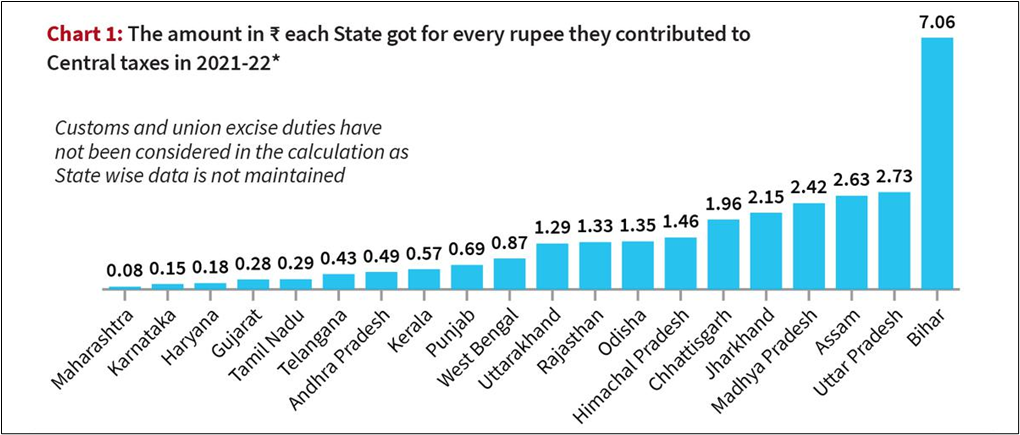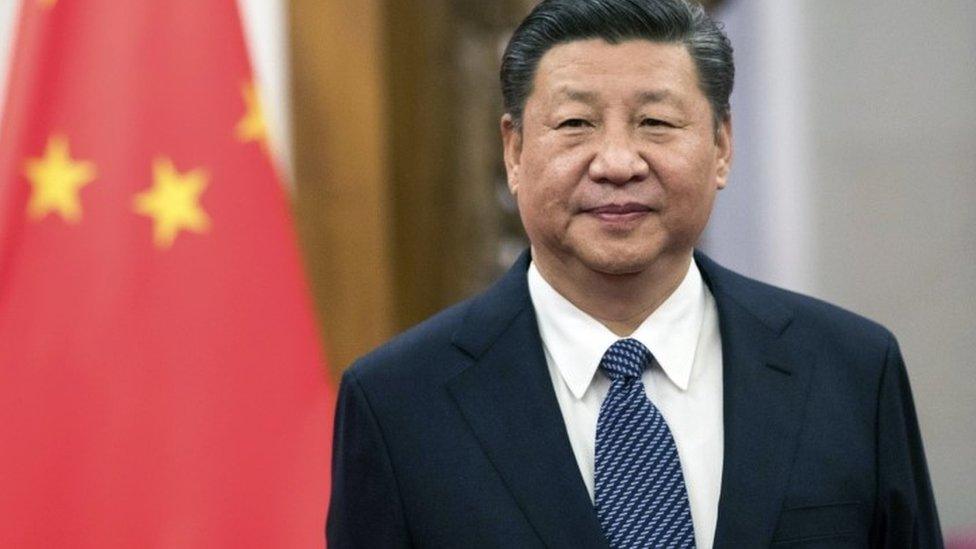- Courses
- GS Full Course 1 Year
- GS Full Course 2 Year
- GS Full Course 3 Year
- GS Full Course Till Selection
- Answer Alpha: Mains 2025 Mentorship
- MEP (Mains Enrichment Programme) Data, Facts
- Essay Target – 150+ Marks
- Online Program
- GS Recorded Course
- Polity
- Geography
- Economy
- Ancient, Medieval and Art & Culture AMAC
- Modern India, Post Independence & World History
- Environment
- Governance
- Science & Technology
- International Relations and Internal Security
- Disaster Management
- Ethics
- NCERT Current Affairs
- Indian Society and Social Issue
- NCERT- Science and Technology
- NCERT - Geography
- NCERT - Ancient History
- NCERT- World History
- NCERT Modern History
- CSAT
- 5 LAYERED ARJUNA Mentorship
- Public Administration Optional
- ABOUT US
- OUR TOPPERS
- TEST SERIES
- FREE STUDY MATERIAL
- VIDEOS
- CONTACT US
FINANCIAL DEVOLUTION AMONG STATES
FINANCIAL DEVOLUTION AMONG STATES
26-02-2024
- Several Indian states, especially from South India, claim they aren't receiving their fair share under the current tax devolution scheme.
- They argue that they contribute more to the national tax pool than what they receive.
Devolution of Powers in India
- In India, power is divided between the central government and the states, following a federal system as per the Constitution.
- Devolution means transferring financial resources and decision-making powers from the central government to the states and local governments.
- The Constitution's 7th Schedule outlines the Union List, State List, and Concurrent List, specifying powers of central and state governments.
- Parts V and VI of the Constitution distribute executive powers between the Union and State governments.
- Part VIII details executive powers and functions for union territories.
- The 73rd and 74th Constitutional Amendment Acts of 1992 establish panchayats and municipalities, devolving (transfer) powers and finances to local governments.
-
Tax Devolution in India
- Constitutional provisions: Article 270 of the Constitution outlines the distribution of net tax proceeds between the Union government and the States.
- Statutory laws: Acts like PESA and Forest Rights Act ensure power decentralization to tribal communities.
- PESA stands for Panchayats Extension to Scheduled Areas Act, which was introduced in 1996. The act extends the provisions of Panchayats to the Fifth Schedule Areas (areas with a large tribal population).
- The act's main objectives are to have village governance with participatory democracy and to make the Gram Sabha a nucleus of all activities.
- The Forest Rights Act (FRA) of 2006 recognizes the rights of traditional forest dwellers (resident) and forest dwelling tribal communities to forest resources.
- The FRA was meant to address the historical injustices done to traditional forest dwellers of India.
- Fiscal decentralization: The Finance Commission (FC), appointed every five years, suggests how funds from the central government's tax pool should be divided among states.
- Taxes shared include corporation tax, personal income tax, Central GST, and the Centre's portion of Integrated Goods and Services Tax (IGST).
- Additionally, it provides a formula for distributing funds among individual states.
- States also receive grants-in-aid based on FC recommendations. They are payments in the nature of assistance, donations or contributions made by the Union Government to State Governments.
- Notably, cess and surcharge imposed by the Centre are not part of the divisible pool.
- The 16th Finance Commission, chaired by Dr. Arvind Panagariya, is tasked with making recommendations for 2026-31.
- FC comprises a chairman and four other members appointed by the President.
-
Basis for Allocation
- Vertical Devolution: States receive 41% of the divisible pool according to the 15th FC's recommendation.
- Horizontal Devolution: Allocation among States is based on different criteria.

- Criteria for Horizontal Devolution:
- Income Distance: Measures a state’s income compared to the highest per capita income State i.e. Haryana. States with lower income get a higher share for fairness.
- Population: Based on the 2011 Census. Earlier, it was according to the 1971 Census, but this changed with the 15th FC.
- Forest and Ecology: Considers each State's share of dense forest compared to all States combined.
- Demographic Performance: Recognizes States' efforts in population control. States with lower fertility rates score higher.
- Tax Effort: Rewards States with efficient tax collection efficiency.
-
States Contribution Versus Devolution:

-
Challenges in Tax Devolution and solutions:
Challenges in Tax Devolution |
Solutions |
About 23% of the Union government's gross tax receipts for 2024-25 come from cess and surcharge which is not shared with States. |
Enlarging the divisible pool by including some portion of cess and surcharge in the divisible pool and gradually discontinuing them to rationalize tax slabs. |
Industrially developed States receive less than a rupee for every rupee contributed to Central taxes, unlike states like Uttar Pradesh and Bihar. |
Establishing a formal arrangement for State participation in the constitution and workings of the Finance Commission, similar to the GST council. |
Southern States' share in the divisible tax pool has decreased due to emphasis on equity and needs over efficiency in the last six Finance Commissions. |
Increasing efficiency criteria by giving more weightage to efficiency criteria in horizontal devolution, with State GST contribution as a criterion. |
Grants-in-aid vary among states, including revenue deficit, sector-specific, and State-specific grants, as well as grants to local bodies based on population and area. |
Adding more performance indicators like good governance, transparency, and development outcomes could incentivize responsible resource management. |



